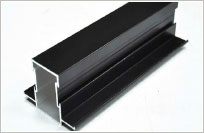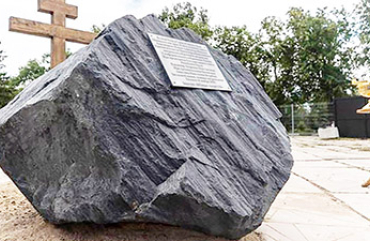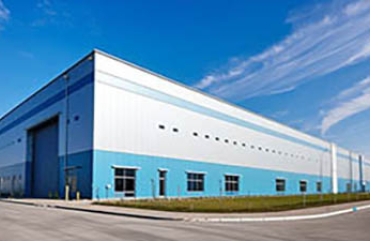Industrial aluminum profile
- NON-FERROUS METALS
- General information
- About us
- Rolled ALUMINIUM
- Aluminium 1561
- Aluminium 6061 (AD33)
- AluminiumA5
- Aluminium A7
- Aluminium AB87
- Aluminium AD31
- Aluminium AK12
- Aluminium AlMg (aluminum-magnesium alloy)
- High purity aluminum A999
- Aluminium A995
- High purity aluminum A999
- Primary aluminum A99
- Casting aluminum alloys
- Aluminium AK5M2
- Balls made of aluminum
- Electrodes for aluminum welding
- Rolled aluminum
- Aluminium roofing
- Aluminium grits AKV
- Aluminium tape
- Aluminum tape 1105AM
- Aluminum tape AD1N
- Aluminum form
- Aluminum plate D16
- Aluminum strip
- Aluminum electrical bus
- Aluminum bus AD0
- Aluminum bus AD31T
- Aluminum wire
- Aluminium rolled wire
- Aluminium wire for welding
- Aluminum wire AD1
- Enameled aluminum
- Aluminum mesh
- Aluminium granules
- Aluminium sheets
- Aluminum sheet AD1N -AD1 -AD1M
- Aluminum sheet AMg2M -AMg2 -AMg2NR
- Aluminum sheet AMg3M -AMg3
- Aluminum sheet AMg5M -AMg5
- Aluminum sheet AMg6BM
- Aluminum sheet AMtsM -AMts
- Aluminum sheet D16AT -D16AM -D16
- Aluminum corrugated sheet
- Aluminum decking
- Aluminium rolls
- Decorative aluminum sheet
- Perforated aluminum panels
- Brushed aluminum
- Sheets made of aluminum 1105 -1105AM
- Food aluminum sheet A5Ms -A5
- Aluminium profiles
- Aluminum mounting profile
- Aluminum profile of civil construction
- Aluminum I-beam
- Aluminum profile for drywall
- Aluminum profile for wardrobes
- Aluminum brands
- Aluminum channel
- Structural aluminum profile
- Aluminium profiles for partition
- Aluminium profiles for facades
- U-shaped aluminum profile
- Ebb aluminum
- Industrial aluminum profile
- Aluminium area
- Small perforated aluminum
- Aluminum powder PAP-1
- Aluminum paste GPB1
- aluminum powder ASD-4
- Aluminum powder PAP-1
- Protectors aluminum
- Aluminum square
- Circle aluminum
- Aluminium rod AMg
- Rod aluminum D16T -D16
- Hexagonal aluminum
- Pipes of aluminum alloys
- Aluminum pipe profile
- Aluminium rectangular tube
- Square aluminum tube
- Aluminum drill pipe
- Retraction aluminum
- Aluminum Pipe AMg
- Pipe aluminum D16T
- Aluminum seamless pipe
- Thin-walled aluminum tube
- Aluminum pipe of large diameter
- Aluminum round pipe
- Aluminum pipe AD31
- Thick-walled aluminum tube
- Aluminium corrugated tubes
- Perforated stainless pipe
- Aluminum tubes
- Chushka aluminum
- Aluminum castings
News
Industrial aluminum profile
Simplification of the method and reducing the cost of production of materials has led to an increase in the share of rolled sections. Due to the shape of the produced rolled aluminum load increases many times, that it is able to accept without critical damage to the integrity of the architectural structure or mechanism. On a functional basis, industrial aluminum profile is divided into:
- Supporting the most frequently involved in the creation of interiors and private premises. The most common form of the reference profile is a box-shaped profile.
- Supporting required when installing electrical and other networks in buildings, maintenance of process equipment and tooling, etc. The most commonly available in the form of U-shaped steel.
- Connection of the aluminum industry profile is required for connection of several individual parts into a single structure, for example, a corner or strip.
- The bridge profile used in the construction of that experience significant load. From other types of industrial rolled aluminum alloys it is distinguished by a complex structure using a plurality of ribs.
- Standard rolled aluminum in the form of channels, angles, H-shaped, Z-shaped profile, and other products.
Depending on operating conditions, design features and a number of other factors, industrial aluminum profile can be subjected to color anodized or with different technologies (complex, two-layer, powder, polymer, liquid electrophoretic etc.). Furthermore, it may be subjected to heat treatment (partial or complete quenching or annealing), and produced with varying degrees of accuracy.








